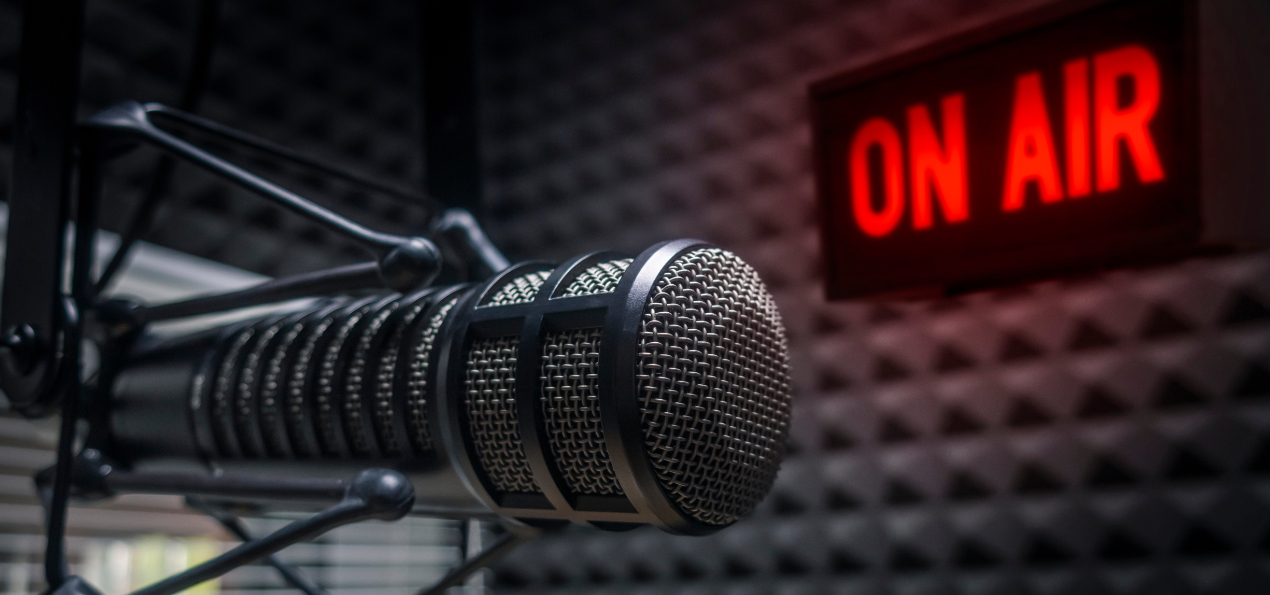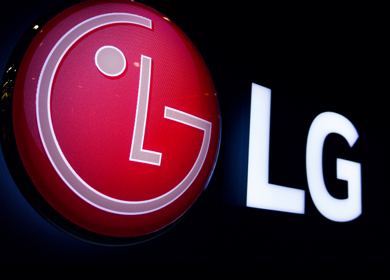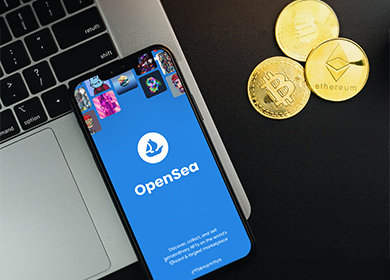Radio Gets a New Wave of Media Spending. Why Should Radio be Part of Your Campaigns?
Published: February 14, 2023

According to a new report published by Radiocentre, commercial radio had a record year for revenue in the UK, rising by 2.8% in 2022.
Last year, the sector generated total advertising revenues of £740 million, the highest-ever total recorded revenue for radio, breaking the previous record of £718.7 million set in 2021.
Branded content and digital platform revenues drove much of the increase, increasing by 11.7% and 6.9%, respectively.
Sky is now radio's largest advertiser, having increased its spend by 9.5% since 2021 to £19.6m.
Travel brands used radio to increase their share of the post-pandemic travel boom, with Jet2 leading the way, increasing its spending by 67.2% from 2021 to 2022.
While the cost-of-living crisis is obviously causing some uncertainty, we remain optimistic, and given that radio is in such good shape, 2023 looks promising for the medium. As our new report demonstrates, radio is well-suited to assisting businesses in staying in good shape during uncertain times, making it an ideal place for brands to invest.
Matt Payton
CEO of Radiocentre
The report published by Radiocentre highlights radio as an advertiser’s friend during a cost-of-living crisis. It also demonstrates how, in addition to being a friend to listeners, commercial radio can be a valuable friend to advertisers looking to support their businesses during difficult times.
Why can’t marketers overlook radio advertising?
With radio being a companion that people can take with them on their daily commutes, radio is still at the centre of the audio universe. It has the potential to reach massive audiences, which makes it more advertiser-friendly.
The flexibility of radio advertising, such as the ability to change messages with ease and its lower ad cost with a relatively high return on investment compared to other media, especially helped brands optimize their share of post-pandemic bounce-back in both physical and online shopping. Collectively, these factors demonstrated that it was the ideal medium to use in economically uncertain times. And, it had been reflected in the 2022 report of the Radiocenter.
Because of the lower advertising cost of radio advertising, brands are able to repeat their advertisements multiple times per day. It helps target audiences become more aware of a specific brand’s products rather than an alternative product, thereby increasing top-of-mind recall among audiences. No wonder radio is being called as a reminder media.
Besides, sonic branding is crucial for brands to build meaningful connections with audiences through the power of sound. This, in turn, causes audiences to recall specific brands based solely on the sound. In this regard, radio helps marketers strengthen their brand identity and build emotional connections through the music and sound of the brand. This way, radio serves as an inevitable medium for brands to establish their sonic identity among target audiences.
One of radio's enduring strengths is that listeners can listen to it while doing other things, and it does not require their full attention. Hence, with clear, standout creative, brands can make their ads resonate with listeners, induce brand recall, amplify brand fame, and drive sales.
As radio is localized and community-specific, marketers can tailor their message to specific demographics, communities, and geographic areas. In fact, each radio station is run with specific market segments in mind. As a result, marketers have a tremendous opportunity to advertise to their precise target market.
Though the ad spend may have to vary based on the cost of the air time when brands want to run their campaigns, a good creative with an impactful message to customers that combines originality, empathy, and creativity can boost emotional power and can drive significant returns for brands.
Advertising, on the other hand, continues to shift away from radio to streaming audio and podcasting alternatives. However, unlike many other current media services, radio is free and does not require a monthly subscription. However, podcasting platforms such as Spotify are frequently subscription-based and niche-specific. It makes radio a free alternative for audiences.
As a result, we anticipate that the radio advertising industry will continue to provide more opportunities for brands and marketers to invest in the future.










Be the first one to comment.